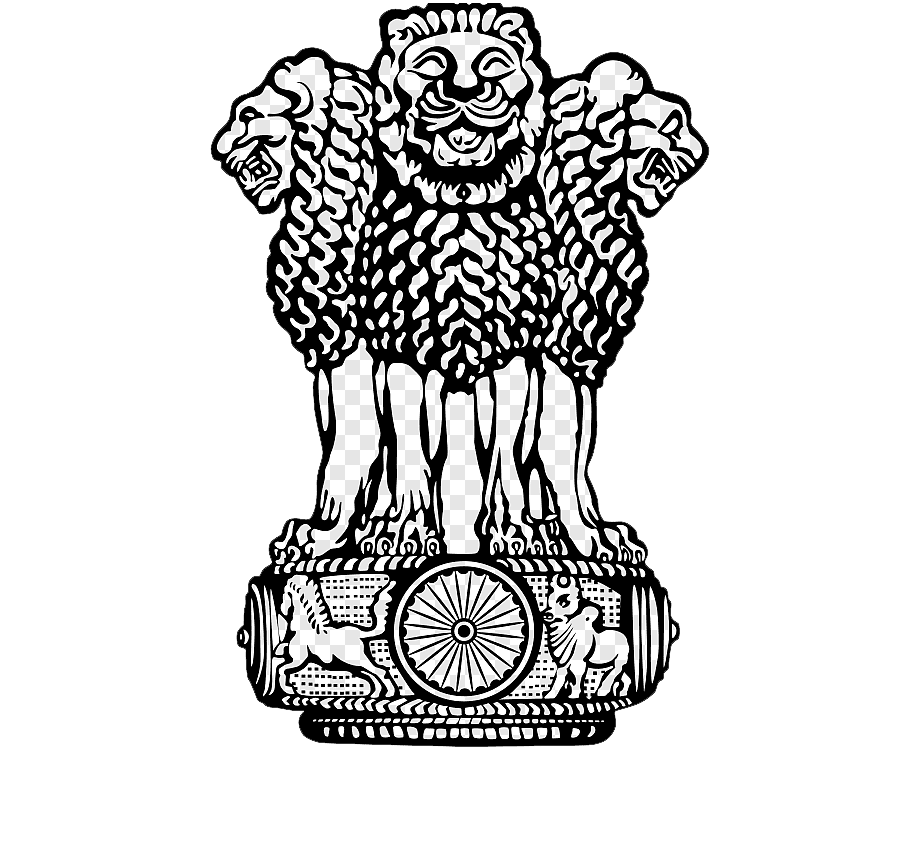The two best practices of the institution are inextricably interwoven. The first is the Antarik Initiative. The word ‘antarik’ in Bengali means ‘earnest emotions’ or ‘sincerity of feeling’, and also relates to the ‘internal’. The second is the Parasparik Initiative. The word ‘parasparik’ in Bengali implies reciprocity and mutual interdependence, and relates to the links that bind the internal and external. The Antarik and Parasparik Initiatives as best practices therefore establish a link or continuum between the institution and the community or the society at large, and by extension, philosophically put, the self and the other. These two best practices also sums up how the institution conceives of itself and its relationship with what is beyond.
Best Practice 1:
Antarik Initiative (A bottom-up organizational system emphasizing on empathy, mutual understanding, depth andsincerity of feelings as core institutional values)
Social exclusion is universal. It usually manifests in a pattern, where a small minority of the population enjoys considerable economic and social opportunities, compared to the majority who are often left neglected and deprived. To bridge this gap, the college has been continually taking special initiatives to support the students who are mostly from the weaker and underprivileged sections of the community. The Antarik initiative therefore is an effort to empower the students and other stakeholders of the college, who are located in disadvantaged circumstances, compared to their metropolitan counterparts.
Objectives:
The Context:
The college is located in a socio-economically underprivileged rural area. Most of the students are first generational learners, and face lack of motivation, low self-esteem and disillusionment regarding the prospects of higher education. Students often face problems to approach the college authority due to bureaucratic formalism.
The Antarik Initiative is a student-oriented approach to management of education guided by the core values of empathy, depth and sincerity of feelings in transactions with the students. It aims to strike a balance between imperatives of contemporary higher education in contemporary times and the related doubts, anxieties and special needs of students in a predominantly rural area. In doing so the organization prioritize the students in framing institutional plans, policies, practices, establishment links and channels which facilitate empathetic communication across bureaucratic barriers.
The Practice:
The 5 Ms of the Antarik Initiative:
Evidence of Success:
Challenges:
Best Practice 2:
Parasparik Initiative (A school-college-community-civic body nexus based on inter-institutional and community linkage as guiding principles)
Higher education institution cannot flourish in isolation. To meet the purpose of higher education, schools, colleges, the community and civic bodies need to come together. Through the Parasparik Initiative the college not only ensures its growth through the pooling of human and material resources, it also reiterates its responsibility as a public service institution to contribute to the wellbeing of the larger community and become responsible citizens with cosmopolitan values beyond the immediate social hierarchies and myopic visions. The Parasparik Initiative, GGDC, Mangalkote therefore envisions creating an interdependent and inclusive environment within and beyond the campus.
Objective:
The Context:
The college is located in a rural area where literacy rate is low and most students are first generational learners. Schools and colleges in the area face high dropout rate due to job related and marriage related migration. Disillusionment regarding higher education institution is rampant as a result of which schools and higher educational institutions have poor admission rates and enrolled students display lack of interest in higher education.
The Practice:
5Cs of Parasparik Initiative:
Different types of extension and outreach activities have been organized collaboratively with the neighboring schools, community, villages and civic bodies in the vicinity. MoUs and linkages with the industry and civic bodies in the vicinity have facilitated training sessions and capacity building programmes through industrial visits. Invited lectures, both online and offline, faculty and student exchange programmes with local schools and colleges, and sharing of library and laboratory resources have enhanced and enriched the learning experience of the student community as a whole.
Evidence of Success
Challenges

